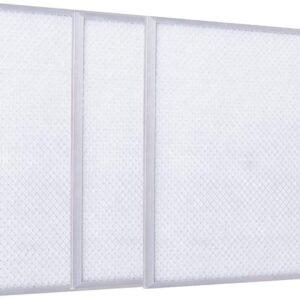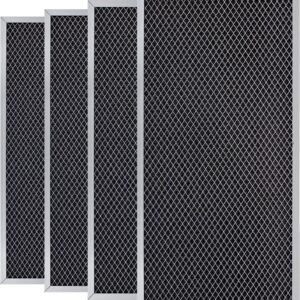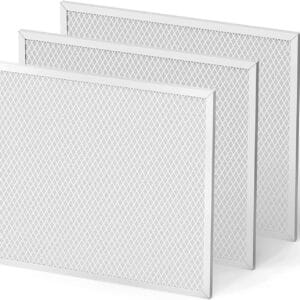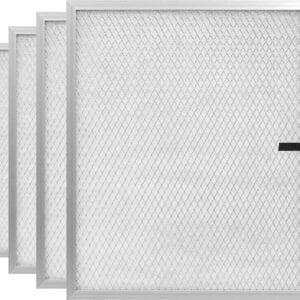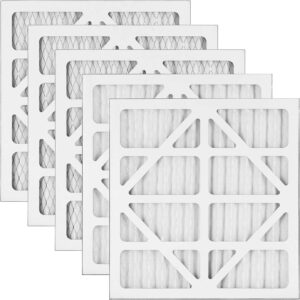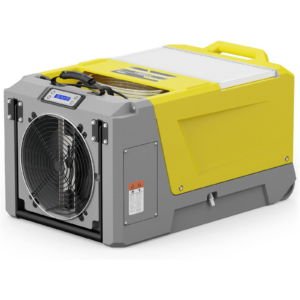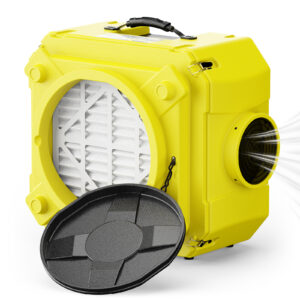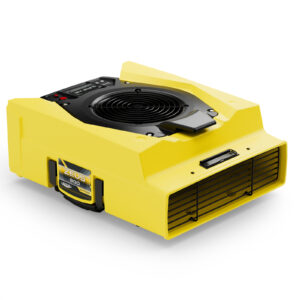Mould is among the most troublesome issues homeowners must face regarding their properties. Mould infestations frequently emerge unexpectedly from drywall, wood beams, and other surfaces. Over time, neglected mould issues can lead to structural damage in your home and negatively impact the air quality inside. Any type of mould growth requires immediate, thorough attention, starting from small patches or extensive colonies.
Effective Ways to Kill Mould on Drywall and Wood
The following guide provides safe methods for eliminating mould on drywall and wood, as well as measures for preventing mould.
Identify the Mould
The first step is to find the mould-infested areas. Mould requires moist and shady habitats to survive, so inspect all areas containing moisture, particularly basements, attics, and bathrooms. Black, green, or white fuzzy spots on walls and wood surfaces should be investigated.
Mould colonies remain hidden by the distinctive smell of mustiness. When you detect any scent, particularly in crawl spaces or basements, you should initiate further investigation.
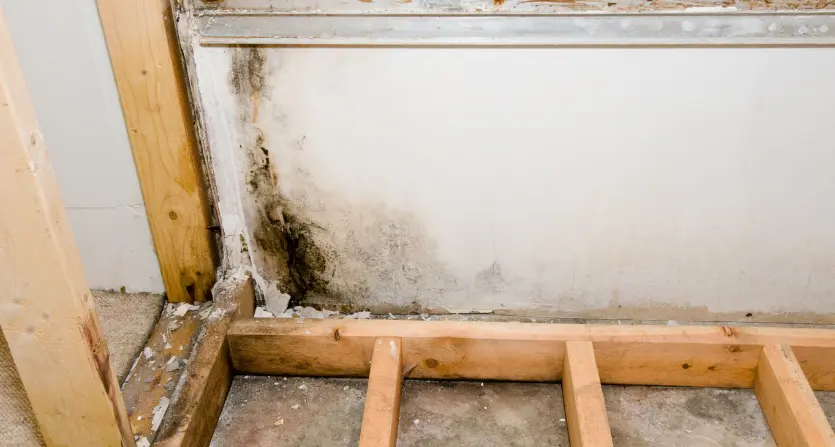
Protect Yourself
The process of killing mould will release mould spores into the air. People must take protective measures before they begin cleaning work. The first step requires wearing gloves, safety glasses, and a mask rated for mould spores. Good ventilation in the area requires opening all windows and doors to ensure adequate airflow.
Air scrubbers for mould should be implemented when dealing with extensive mould projects. These machines remove mould spores and other air pollutants, creating better air quality inside the space.
Dry Out the Area
Mould cannot grow without moisture. You should complete total surface dryness before starting any cleaning operations. Before moving forward, resolve all water issues and leaks. To reduce excess air moisture, readers should utilise fans, heaters, and Crawl Space Dehumidifiers, especially in basements and crawl spaces.
A suitable range for indoor humidity levels should be between 30% and 50%. Users can find information on indoor humidity control in the Indoor Humidity guide.
Kill the Mould on Drywall
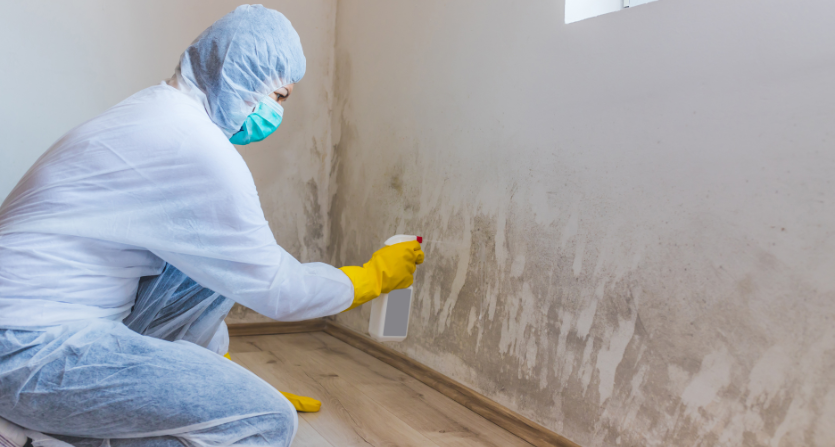
Special care must be exercised while treating drywall mould to prevent surface damage to the wall.
Small Patches:
You should apply either water with dish soap or a commercial mould-cleaning solution. Clean the problematic area using a soft brush or sponge. Handle the drywall carefully because it poses a high risk of sustaining damage.
Stubborn Mould:
For stubborn mould that has penetrated deeply into the material, you should prepare a mixture of one gallon of water and one cup of bleach. The mixture should be applied with caution and left to rest for 10–15 minutes before gently scrubbing.
Removing all drywall when the material becomes soft or crumbly, or when mould grows over more than ten square feet of an area, is essential. Mould develops beyond the reach of cleaning solutions inside the wall structure.
Kill the Mould on Wood
Wooden surfaces pose a problem because their material absorbs substances. The process of cleaning mould from wood requires the following steps:
Vacuum First:
Vacuum the surface of mould spores using a HEPA-filtered cleaning instrument.
Scrub:
Use a 50/50 vinegar solution with water or a mould-cleaning product as the cleaning agent. Scrub the mouldy wood with a stiff brush.
Dry Thoroughly:
After cleaning operations, the area needs to be completely dry. Mould prevention requires a dehumidifier and proper ventilation to prevent its return.
Sand If Needed:
When infestations are severe, sanding the wood becomes necessary as a post-cleaning step. Protective equipment must be used before sanding mould-infested wood.
Prevent Future Mould Growth
Mould elimination requires more than just killing fungi, as it does not address the likelihood of new mould growth. You should prevent mould from recurring after it has been removed. Here’s how:
- You should properly control the humidity level inside your house. You should actively monitor and adjust indoor moisture levels to achieve the optimal concentration ranges.
- You must install dehumidifiers in crawl spaces, basements, and other high-moisture areas.
- Handle all roof, wall and plumbing leaks as soon as they appear.
- Bathrooms, kitchens, and laundry rooms should have better ventilation features installed.
- During regular inspections, check the hidden areas behind appliances and under sinks, as well as inside closets.
The best course of action for mould-prone floors or carpets involves complete replacement, as black mould carpet contamination remains a threat even after apparent cleaning. Carpets infected by mould can be difficult to clean completely because mould spores may continue to disperse even after the carpet appears clean.
What Kills Mould?
Most people wonder which approach works best to eliminate mould. There are several reliable options:
- Bleach (good for non-porous surfaces)
- Applying White vinegar leads to the elimination of approximately 82% of mould varieties.
- Hydrogen peroxide
- Commercial mould cleaners
- Baking soda serves as a gentle mould removal agent that also eliminates odours.
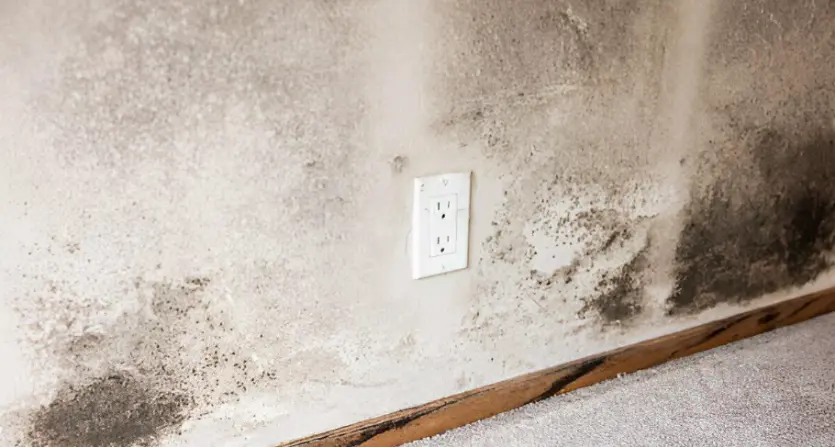
The proper mould removal method selection depends on the surface type and degree of infestation. First, check a tiny area to verify that the cleaning solution will not damage your material.
Final Thoughts
Drywall and wooden surfaces suffering from mould represent a major vulnerable problem. The appropriate techniques enable effective mould elimination while preserving your home’s structure and maintaining healthy indoor air quality.
Successful mould treatment requires a swift response, correct cleaning techniques, and persistent moisture monitoring. Crawl Space Dehumidifiers and air scrubbers help you succeed while keeping yourself safe.
Early mould intervention through moderate effort will prevent more significant issues from arising. To prevent mould before it starts, you must handle moisture properly while monitoring Indoor Humidity.



